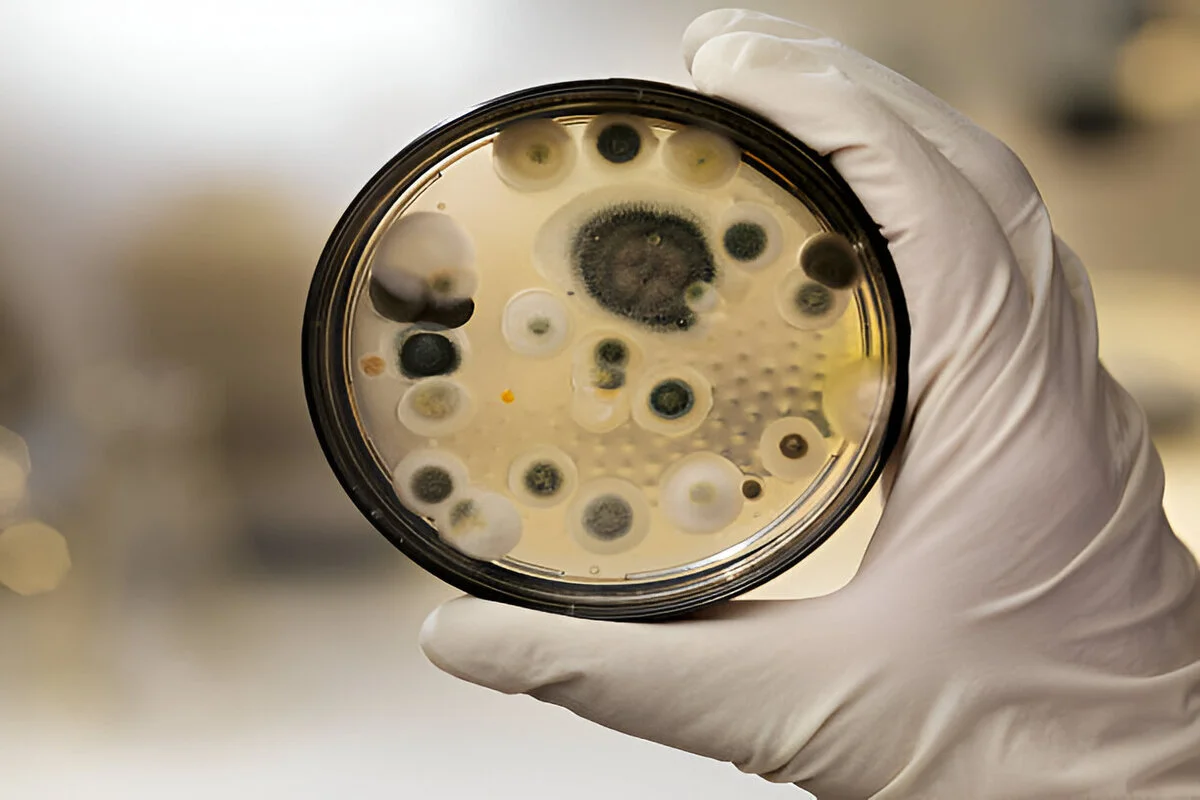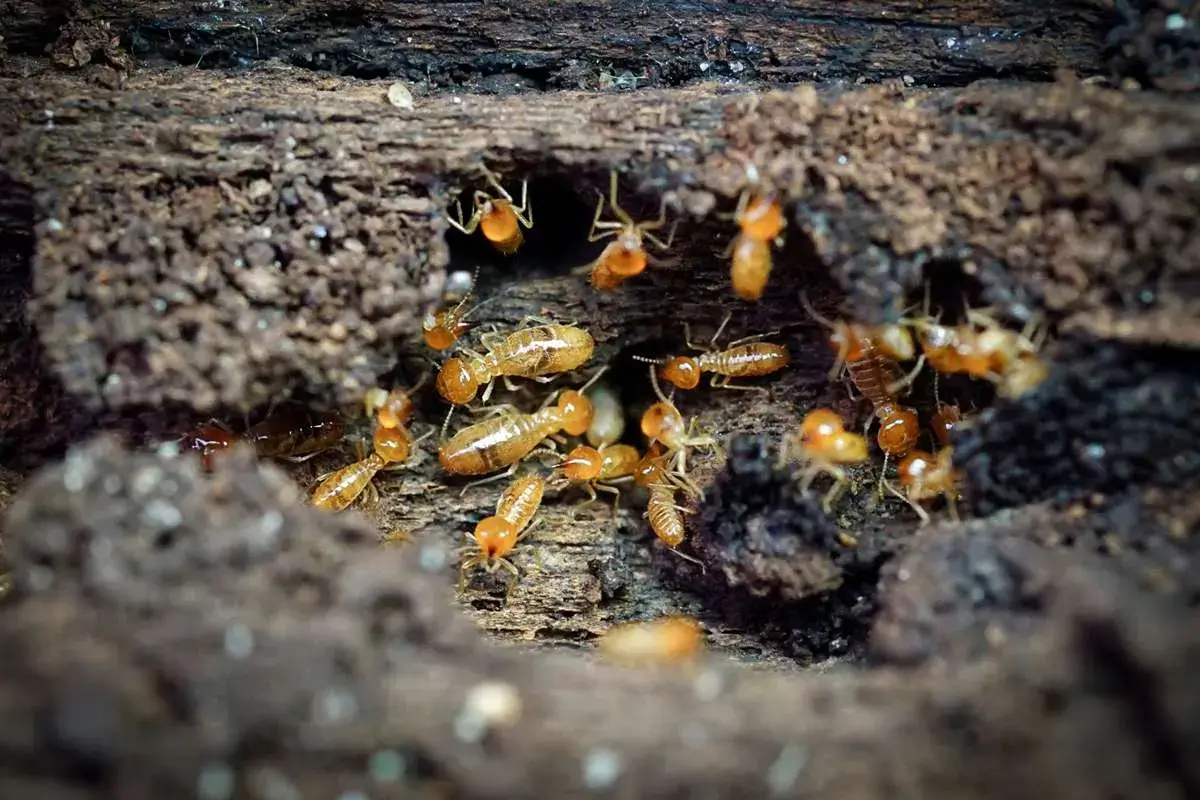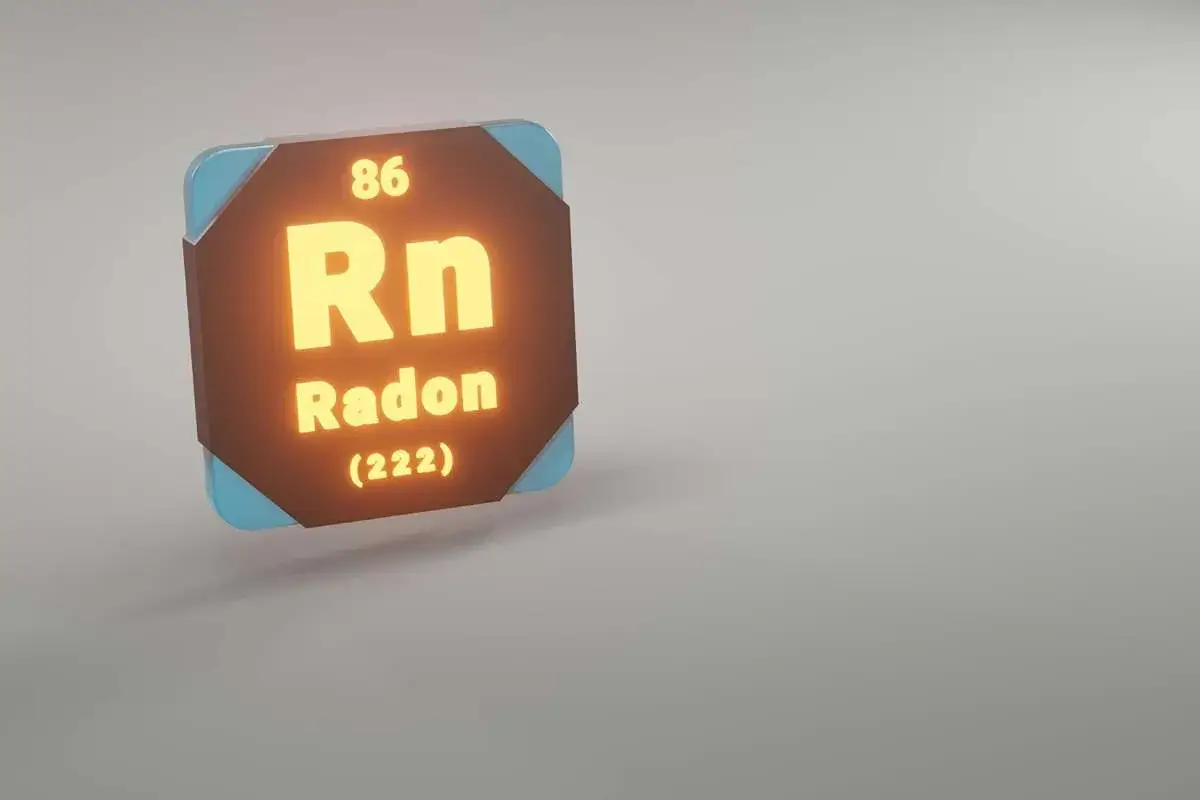When people think about home safety, they often picture locks on doors or smoke detectors…

How to Test for Black Mold
Do you need a mold test if your family is experiencing potential health symptoms? The answer is “Yes.” Sometimes, mold does not show visible signs, making it difficult to detect. However, it can cause harmful health issues such as coughing, asthma, headaches, and skin allergies. This is where a certified home inspection company like Advantage Inspection comes in – to help identify mold in your home.
Black mold is a silent killer that can cause major health issues. It becomes more dangerous when it hides in unseen areas like behind drywalls, in crawl spaces, and attics.
So, how do we test for black mold?
This is a common question that comes to everyone’s mind. Black mold typically grows due to poor ventilation and high moisture levels. If your home has humid indoor air and lacks proper ventilation, it has ideal conditions for mold growth. Common signs of mold include black or green spots on the ceiling or floor.
In this blog, we will discuss how to identify mold and get rid of it. But first, let’s get an insight into black mold.
What is Black Mold?
Black mold, scientifically known as Stachybotrys Chartarum, appears in dark green or black colors. Since it produces mycotoxins, it’s one of the most toxic molds. If you live in such a toxic environment, even for a short period, you may suffer from coughs, sneezing, and other respiratory problems. However, a longer stay in a moldy environment can lead to more severe issues, such as, shortness of breath, itchy eyes, and skin problems.
What are the Signs of Mold in Your Home?
A professional home inspector can identify various signs of mold in a home inspection. Some signs can be seen with the naked eye, but those that cannot be seen easily require some thorough tests. Below are the common signs of mold:
Visible Mold
The dark green or black spots on the ceiling, floor, and other surfaces indicate the presence of mold. The lightweight mold spores float with the air and reproduce after landing on the other surfaces, often giving out visible signs of their presence.
Odors
A musty or earthy smell indicates the presence of mold in your home. If you detect this unpleasant smell, then there is a high chance that mold is growing near you, especially in areas with humidity problems.
Health Symptoms
If you have potential and persistent health issues, they can be caused by the visible and invisible mold lurking within your home. Some health issues described below indicate the presence of mold in your home.
Headache
A frequent headache is a sign of mold exposure. You might notice yourself or your family complaining about this, especially when they’re spending too much time at home.
Respiratory Issues
Mold can cause sneezing, coughing, and shortness of breath. Inhaling mold spores for an extended period can cause lung issues.
Skin Allergies
Mold exposure can cause allergic problems such as rashes, itchy eyes, and throat irritation. These skin allergies might also lead to severe allergies in the long run.
How to Test for Black Mold in the House?
Following are some of the steps you can take to test for black mold in your house:
Inspect the Mold Physically
Walk through the home and detect the signs of mold, especially in the kitchen and bathroom. Look for dark green or black spots in humid areas, ceilings, floors, and other surfaces. Further, check the water pipes thoroughly to locate water leakage issues. Water leakage, bubbling in the wall paint, and discoloration are also telltale signs of mold.
Black Mold Test Kit
Getting a professional mold inspector’s service to perform a mold test will be best. They perform various tests to determine the type of mold and how much your home is disturbed by it. We have listed various sampling and testing procedures to check for mold, its type, and the severity of infestation in your home.
Air Sampling
Collect air samples from various locations in a home to check the air quality and quantify the spore particles suspended in the air.
Surface Sample
Swab the area of the surface or lift it with tape and save it in a container.
Lab Analysis
Send these samples to the laboratory to get scientific data about the type of mold and other critical information.
Final Words
Mold is a critical problem that causes different health problems. Sometimes, you can see the mold with the naked eye, but if it is in wall cavities or behind the drywall and does not show any physical signs, it can go undetected and become severe. In this scenario, we strongly recommend hiring a certified home inspection company, Advantage Inspection Service, to identify signs of mold in your home. This will help you detect mold and prevent your family from severe health issues.



